IveReadThis Jr. Edition: The Natural World Around Them
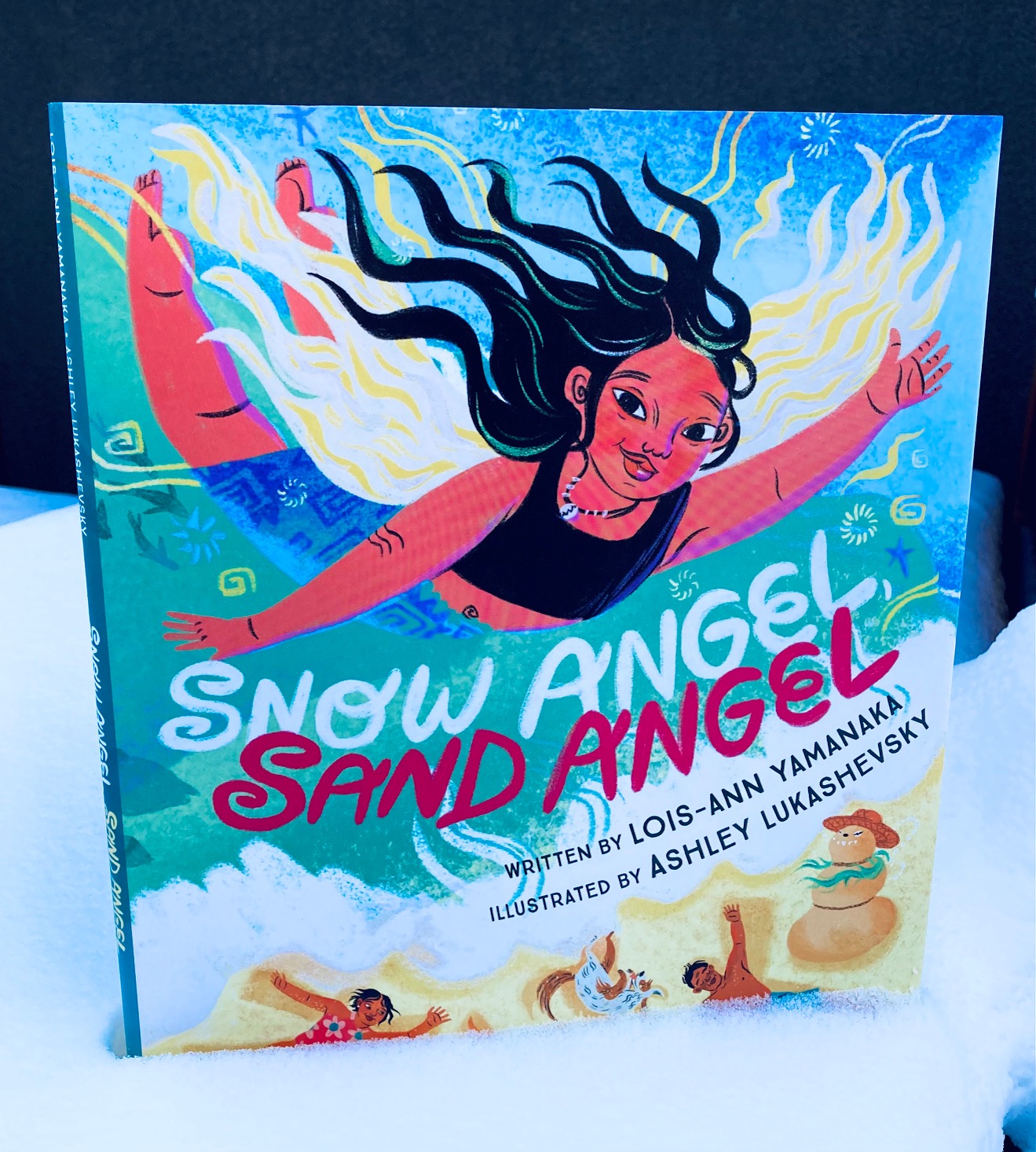
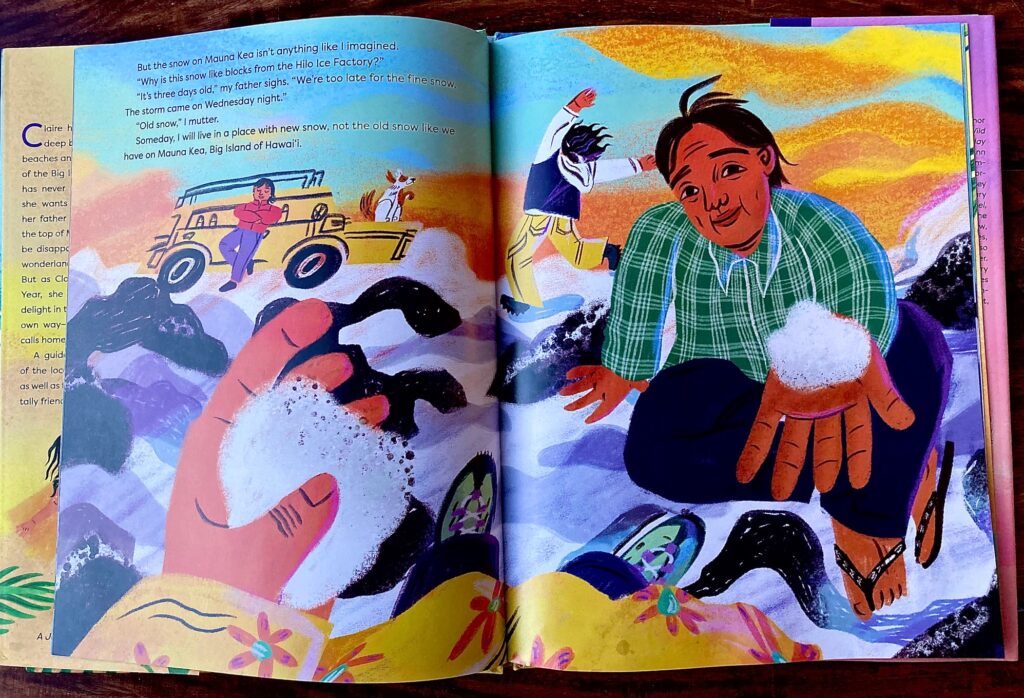
What I loved about all these books was the ability to open up my kids’ minds to something different – a different way of life, a different way of seeing things, and most importantly, a different perspective, and the gorgeous illustrations in each were just the beginning.
I originally imagined including Snow Angel, Sand Angel by Lois-Ann Yamanaka, illustrated by Ashley Lukashevsky in my round-up of Christmas picture books, but after reading it I realized it best suited another category of books entirely. It’s about a young girl who lives in Hawaii and is desperate to see snow, so her father drives her family to the top of the highest mountain on the island to see some. Disappointed with the crusty snow, she wishes she could live in a snowy place that would allow her to make snow angels out her front door. But the next day her family visits their favourite beach, and she re-discovers the joy of her own home, including making sand angels and a ‘sandman’. My kids were delighted with this book, because they loved the idea of someone pining for the environment that we currently find ourselves in, complete with a brand-new dump of snow the night before. I loved the book because I could fantasize about living in Hawaii for a little while, and it also reminded me that kids will complain about literally anything, even living in a tropical paradise.
The protagonist’s irritation with the socks as mittens and beach towel as scarf made my kids laugh, because all she wished for was REAL snow hats and mittens, which are of course a staple up here in Canada. And although I didn’t get a chance to read this part aloud to them yet, the last few pages included a letter from the author describing the ten (!) different climate zones of Hawaii, and how its flora and fauna are all being endangered by climate change. It introduces these concepts in a gentle but urgent manner, so I’m hoping my kids will find those sections as engaging as I did once we get to them.
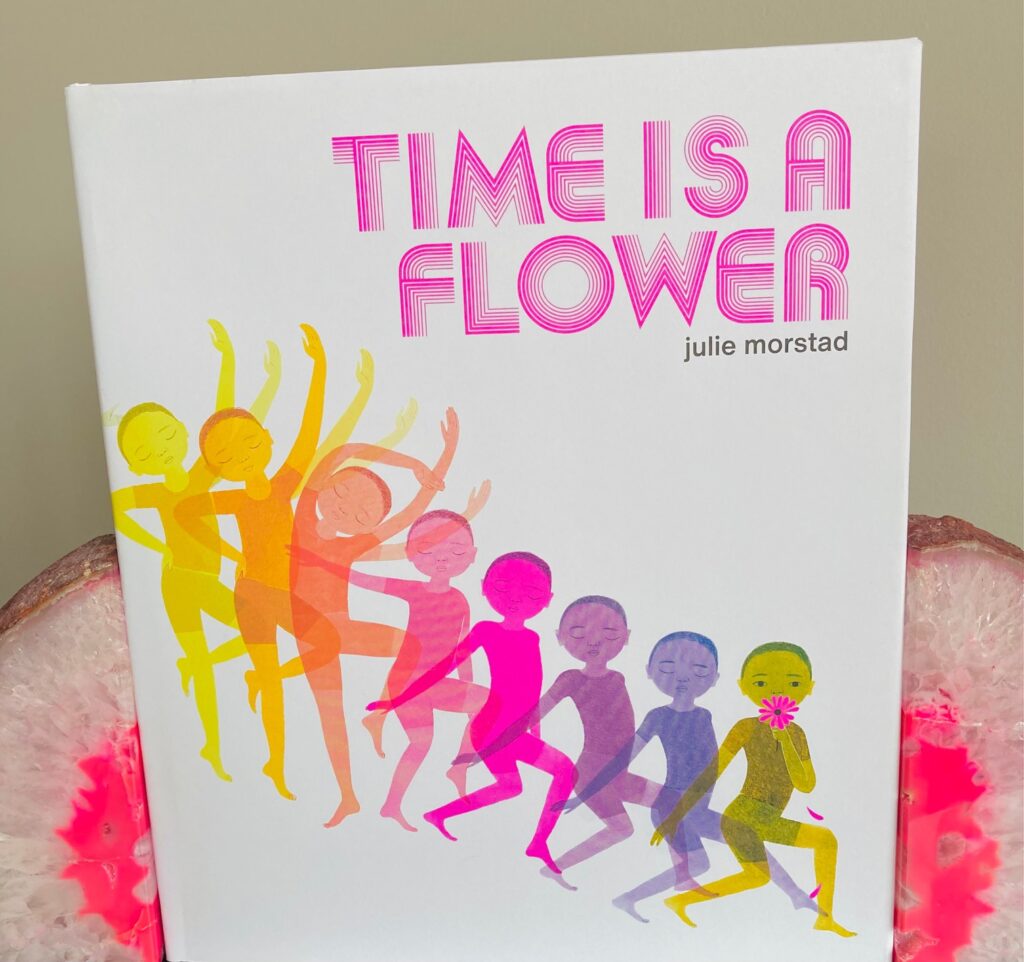
Time is a Flower by Julie Morstad is another book that offers kids a unique perspective of the world around them. It reads more like poetry, and gives examples of how we can observe time has passed; the petals falling off a flower, a tree growing taller and taller, hair growing and then being cut off, a wiggly tooth finally coming out, etc. My kids definitely preferred the concrete examples that they easily recognized (i.e. tooth, hair, getting taller, waiting for the school bell to ring) but I appreciated the fact that many of the depictions were things a child would never think of on their own, like the light changing around a sleeping cat as the day progresses.
The illustrations in this one appealed to myself and my daughter because it includes the most beautiful pink colour in the end papers and illustrations, and we both mentioned how much we loved it. The design of this book is also worth mentioning – the font on the cover catches the eye, and the diverse cast of kids inside the pages is also impressive. I loved the depiction of a boy dancing with a flower as he demonstrates his femininity without reservation. Another crowd pleaser was the spider web, drawn on the page with textured white ink. My daughter suggested this could be glow in the dark, but we haven’t tried it out yet. My almost four-year-old son wasn’t a huge fan of this book, but he sits patiently and listens to it as the text is quite short, so I’d recommend this one for kids 5 and up.

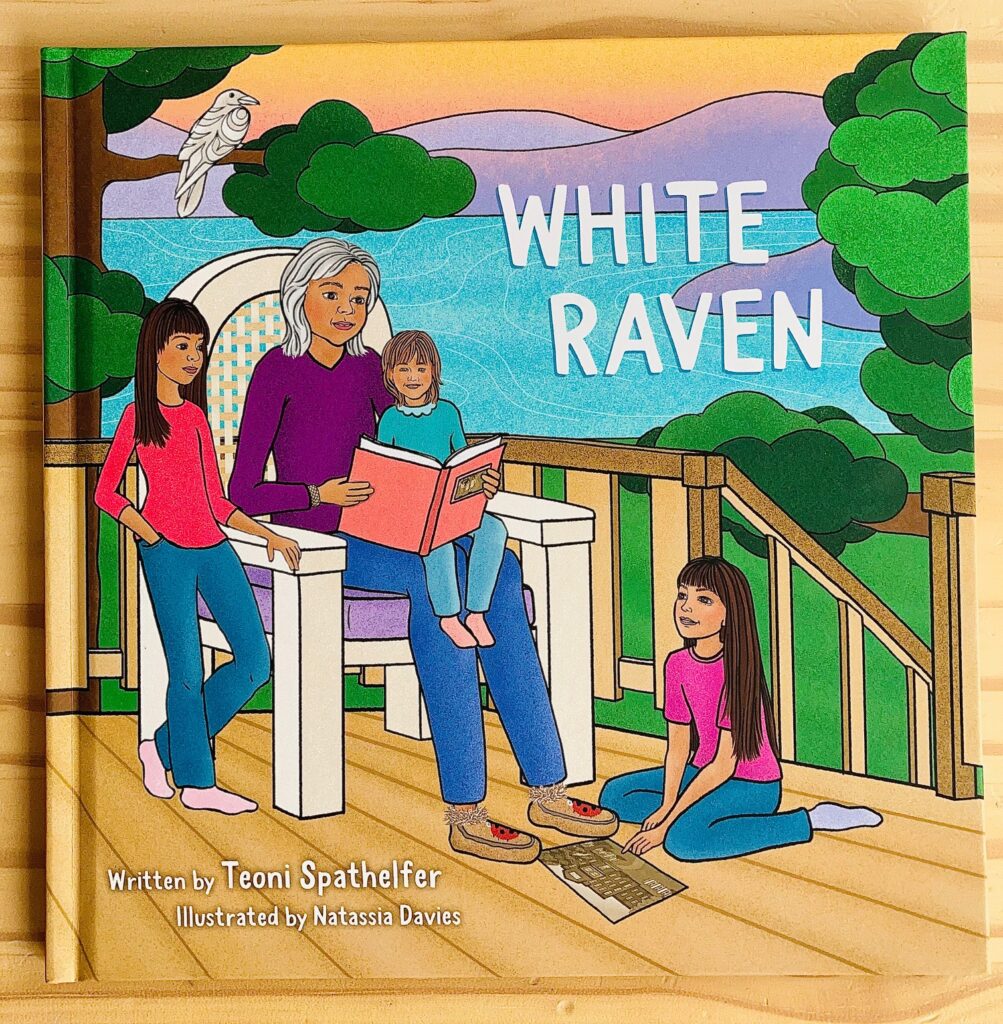
White Raven and Little Wolf by Teoni Spathelfer, illustrated by Natassia Davies are two picture books that embody the simultaneous beauty and pain of Indigenous history in Canada. Little Wolf is the story of a young girl moving off the reserve to a big city, and being bullied by the kids around her. White Raven is the sequel, following Little Wolf as a mother herself, sitting down to listen to her mother’s story , White Raven, about living through residential school. As White Raven plays with her grandkids, she decides to sit them down and explain her experiences in school, telling them in an age-appropriate way, but also admitting the trauma she still endures from these difficult times.
Although the two books aren’t linked outside of Little Wolf’s character getting older, my children appreciated the fact that they already knew Little Wolf and liked to point out the differences between the two books. Together, we also pondered whether the dog Little Wolf has as an adult is the same one she gets to pick out as a child, so these stories were a great way of explaining the passing of time to my youngest. I was impressed at how engaged my kids were with this story because when books get serious, they tend to quiet down, but I think it’s because the first book was told from a child’s perspective they still felt some added confidence even in the second, heavier story and were comfortable interacting with it. There is a third coming out in this series that I’m looking forward to picking up and reading with my kids in April too.
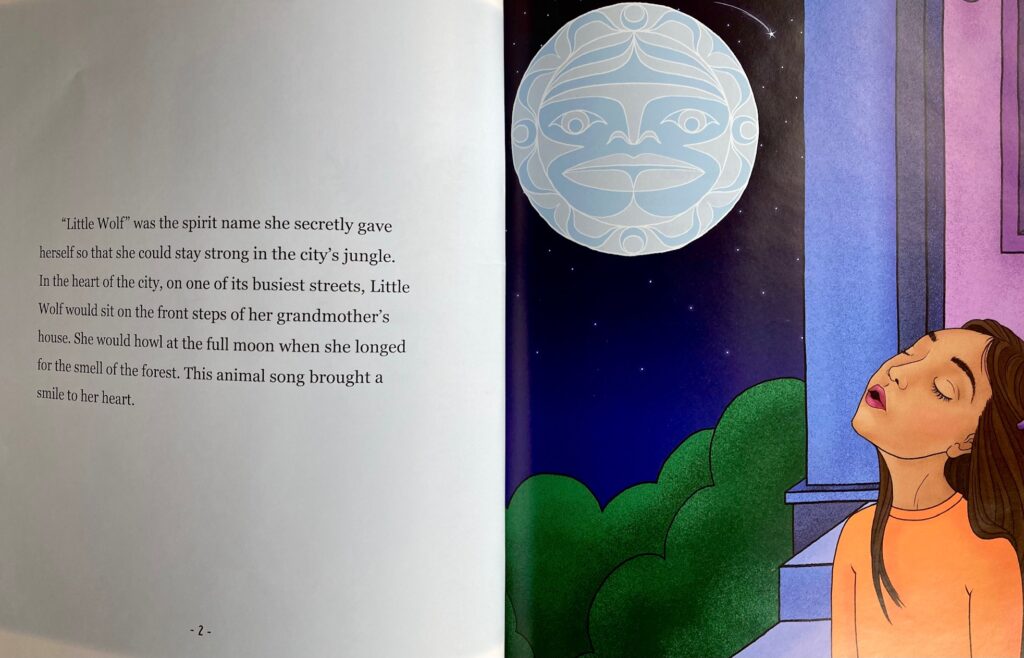
Despite the scary topic of residential schools, and bullying, the illustrations are what really captured my kids’ imaginations. In particular, the Indigenous styling (pictured here) delighted my daughter, who got excited to point out these designs on the page when she saw them. My son was transfixed by the rainbow water and sky, and each book had a few pages without any words at all, just a full-page spread of colour, which acted as a nice break and a piece of art to wonder at and explore as a family.

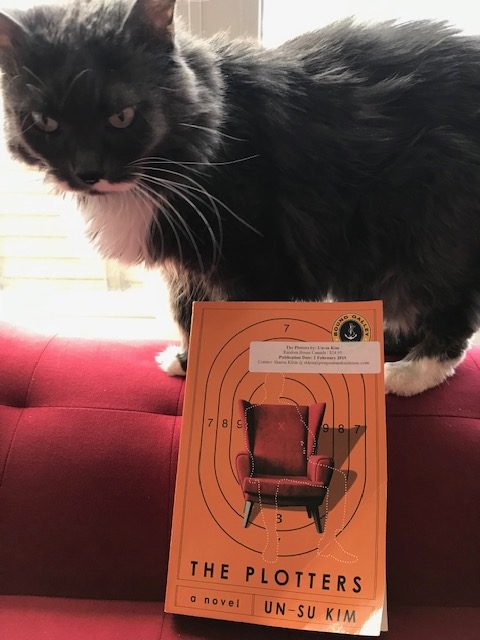
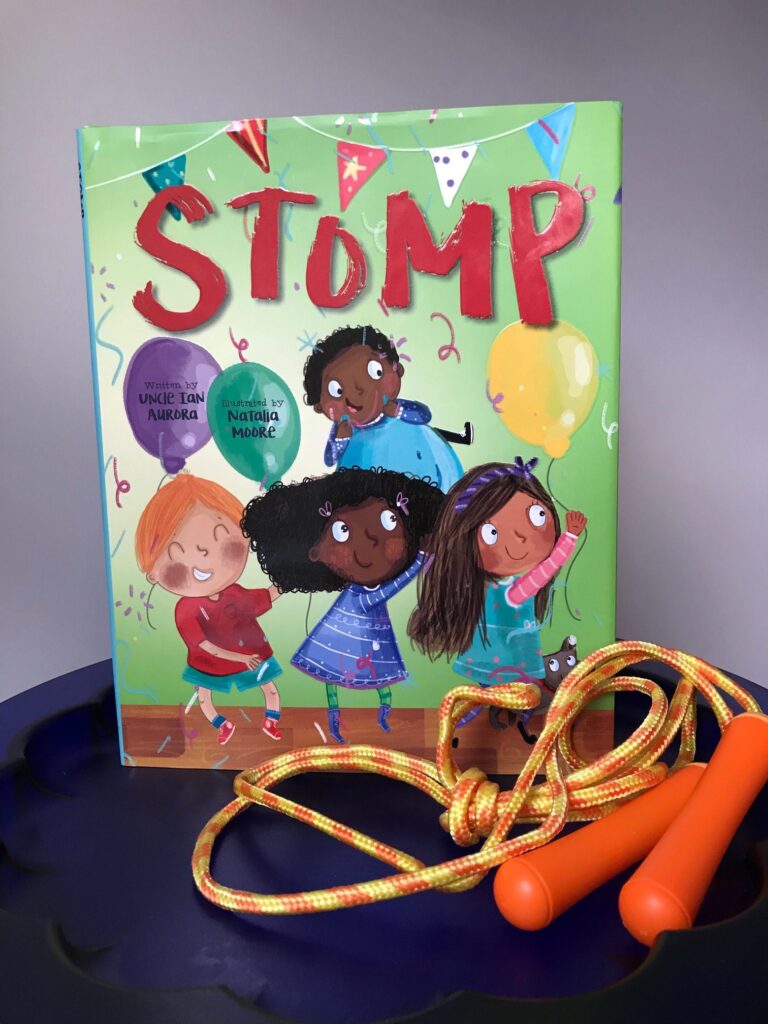
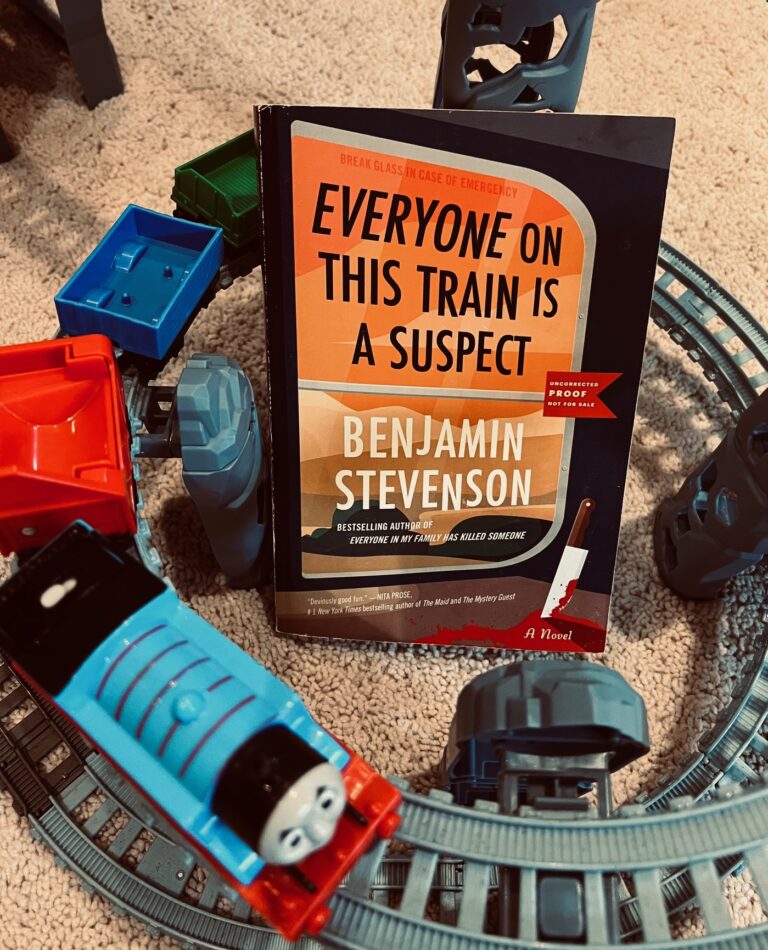
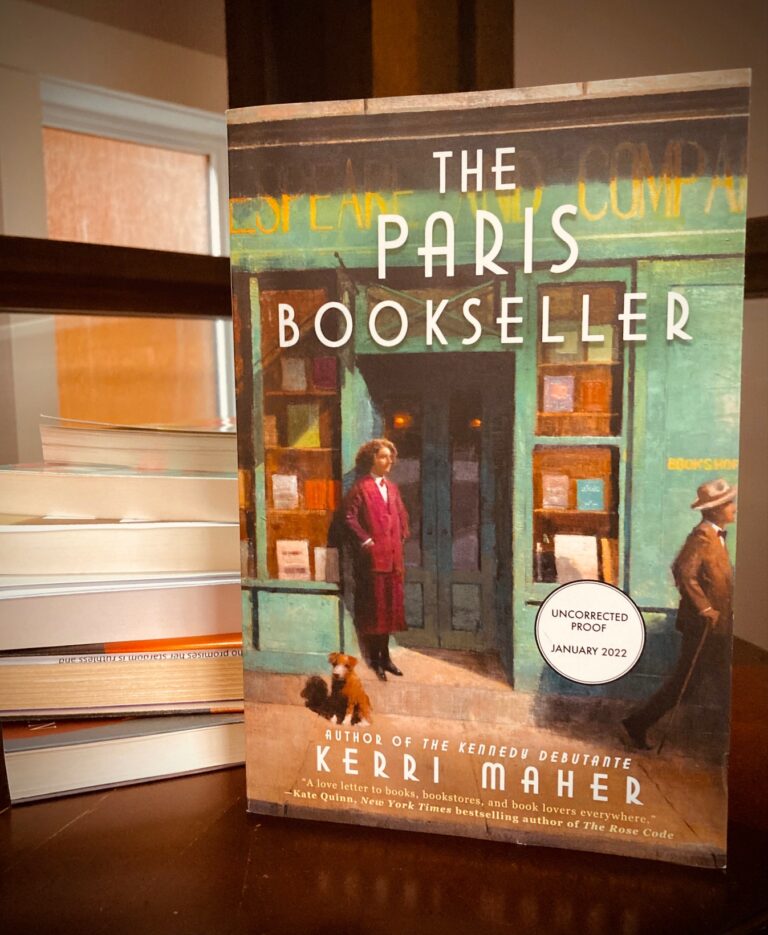
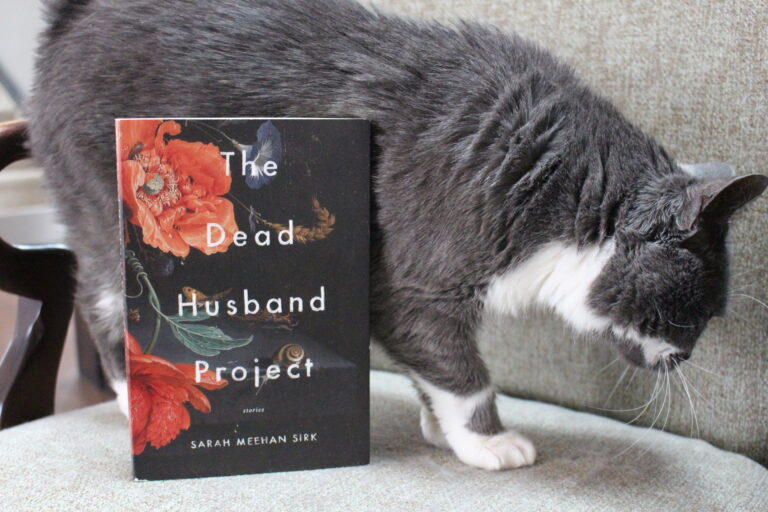
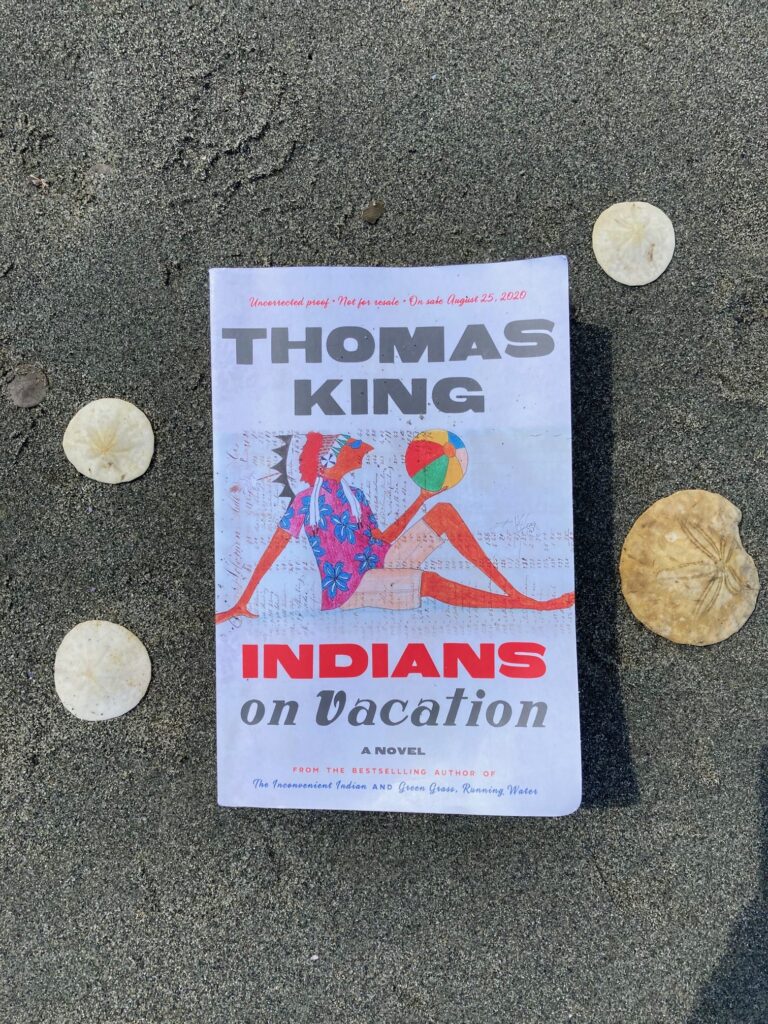
Aw that’s sweet